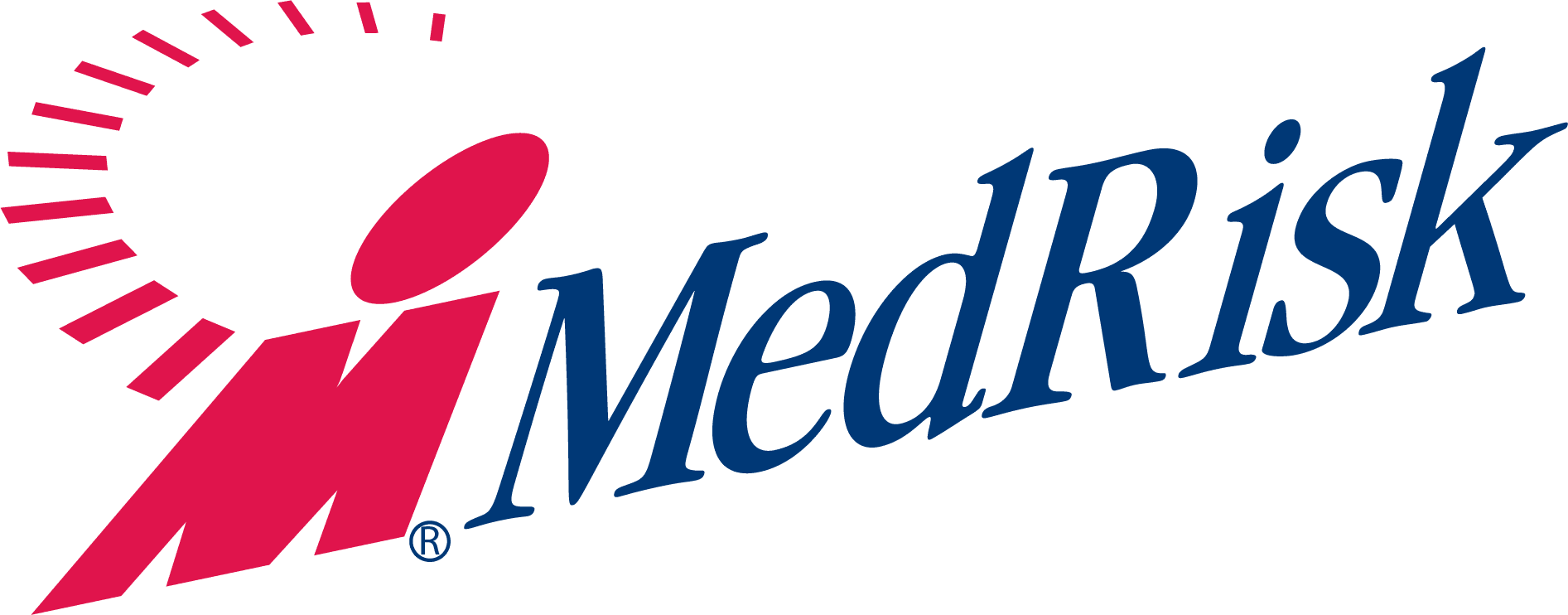What are the unique challenges faced by neck injury patients, and how can self-management strategies help them in the recovery process? Donald Murphy, DC, FRCC, weighs in.
This blog is part 2 of a 3-part series titled “Neck Injuries in Workers’ Comp: Managing Pain and Controlling Cost.”
When we think of musculoskeletal problems in workers’ comp, the first thing that comes to mind is low back pain. And with 37% of global low back pain cases believed to be work-related, this is rightfully a primary focus for the industry. But what many do not realize is that neck pain is a common issue faced not only by injured workers but the population at large. In fact, back pain and neck pain are the leading causes of years lived with disability in most countries and age groups.
We recently sat down with MedRisk International Scientific Advisory Board (ISAB) member Donald Murphy, DC, FRCC, to understand the unique challenges of treating neck pain, how therapy has evolved over the years, and strategies for effective return to work for neck injury patients.
Treatment Challenges
Getting injured on the job can be a traumatic experience. Whether it’s the effect of a fall, an accident or poor ergonomics, pain is perceived as something out of our control – and according to Dr. Murphy, this is particularly the case with neck pain.
“Neck pain is different from knee or wrist pain. The perception is that neck pain must be the result of a spine problem, and if it involves the spine, it must be a catastrophic situation,” he said.
There is a misconception that because the spine is a complex system it must be delicate and vulnerable. In actuality, the spine is one of the most protected parts of the entire body, shielded by thick ligaments and muscles. Neck pain can involve the spine, but whether a nerve root, disc, or joint is to blame, according to Dr. Murphy, educating the patient about the nature of their injury is the first step in deescalating the urge to catastrophize. The next step is getting the patient involved in their own recovery. While some passive modalities, such as manual therapy, may be a useful component of the treatment plan, he says a more active approach to treatment is essential.
The rise of telerehabilitation during the pandemic helped promote self-management strategies among injured workers. While in-person therapy is sometimes necessary and often preferred, delivering therapy virtually inherently involves instructing patients on how to help themselves. A physical therapist can demonstrate a particular neck stretch over the screen to help the patient increase mobility.
“It’s important to help the patient take an active role in their own rehabilitation. I may need to use my hands to help the situation, but the patient needs to feel empowered. I don’t want a machine to be the hero in this story. I don’t even want to be the hero in this story. I want it to be the patient,” Dr. Murphy said.
Returning to Work
It’s clear that empowering the patient is an important component of neck pain treatment, but Dr. Murphy emphasizes that this philosophy must be carried through the patient’s return to work and beyond. The likelihood of chronic pain following neck injury is often dependent on the nature of the injury; however, whether the initial cause was whiplash or ergonomics, he says it’s important to set expectations around the long-term pain experience.
“A lot of patients have a fear around returning to work. They think they shouldn’t go back until they feel 100% like they did pre-injury, or they believe going back to the same environment could lead them to hurting themselves again,” Dr. Murphy said.
He suggests talking through this fear and positioning returning to work as a natural next step in the therapy process. Getting back to normal activity, even if it triggers some level of pain, can help the process resolve as quickly and completely as possible, whereas avoiding activity can actually delay recovery. By providing patients with long-term self-management strategies and exercises that can be performed at home or on the job, they will feel better equipped to manage hurdles along the way.
“Plant that seed early,” Dr. Murphy said. “Set the expectation that the patient may feel some pain when they get back to work, but that resuming normal activity is the goal. Help them gain confidence in their ability to get their life back and provide the necessary self-management strategies to do so. With this, their pain experience often transforms.”
About Donald Murphy, DC, FRCC
In addition to serving on MedRisk’s ISAB since December 2008, Dr. Murphy is Clinical Assistant Professor at the Warren Alpert Medical School of Brown University. He is also Adjunct Assistant Professor in the Physical Therapy Department at the University of Pittsburgh, where he co-leads the Primary Spine Practitioner certificate course. He has also helped implement and direct high value spine pathways in several states through Spine Care Partners.
He has been on the Expert Panel for several spine care guidelines, including those of the American College of Environmental and Occupational Medicine, American College of Physicians and the American Pain Society. Dr. Murphy has published dozens of papers in the peer-reviewed spine literature as well as three books on back and neck pain.



